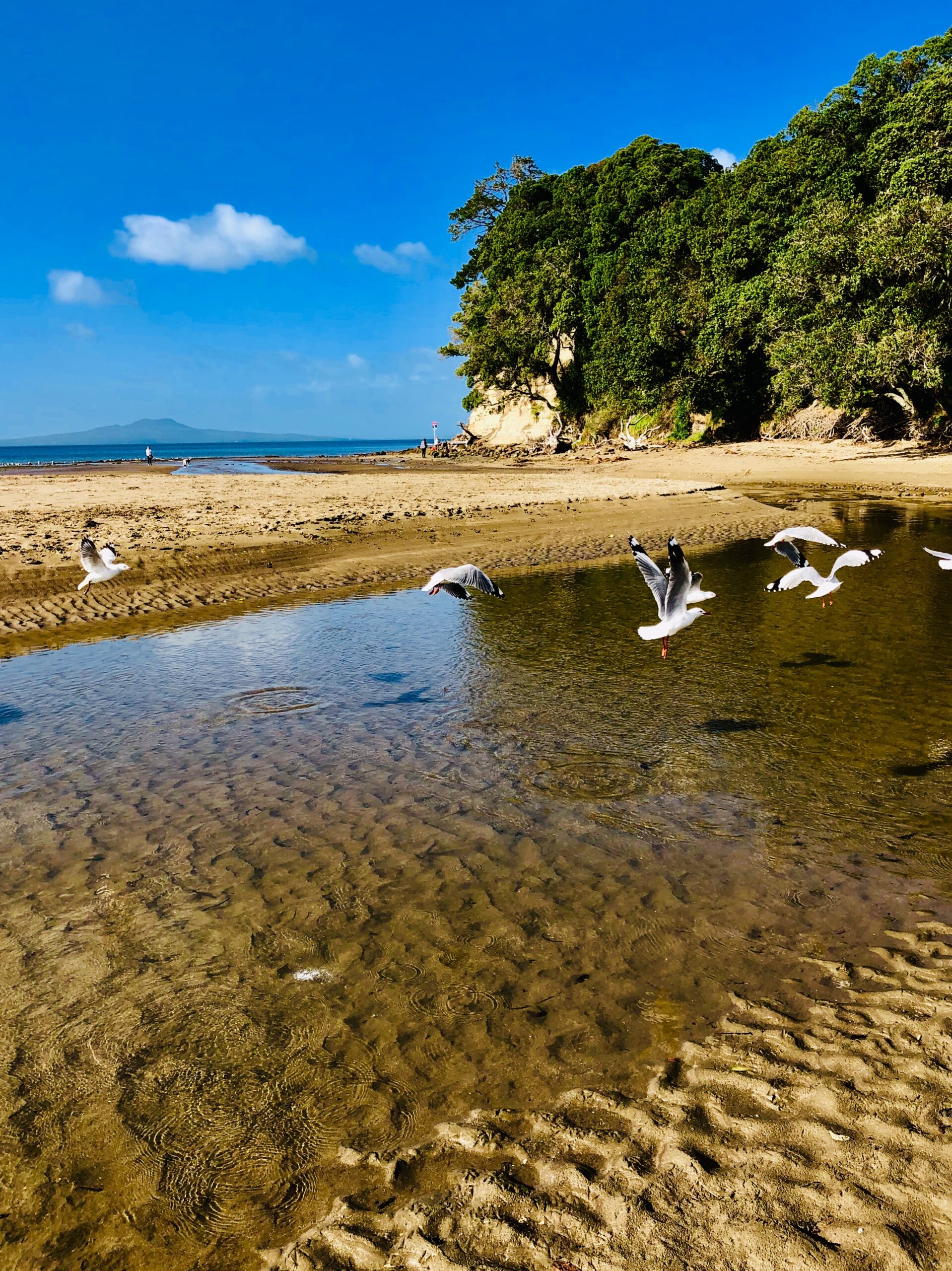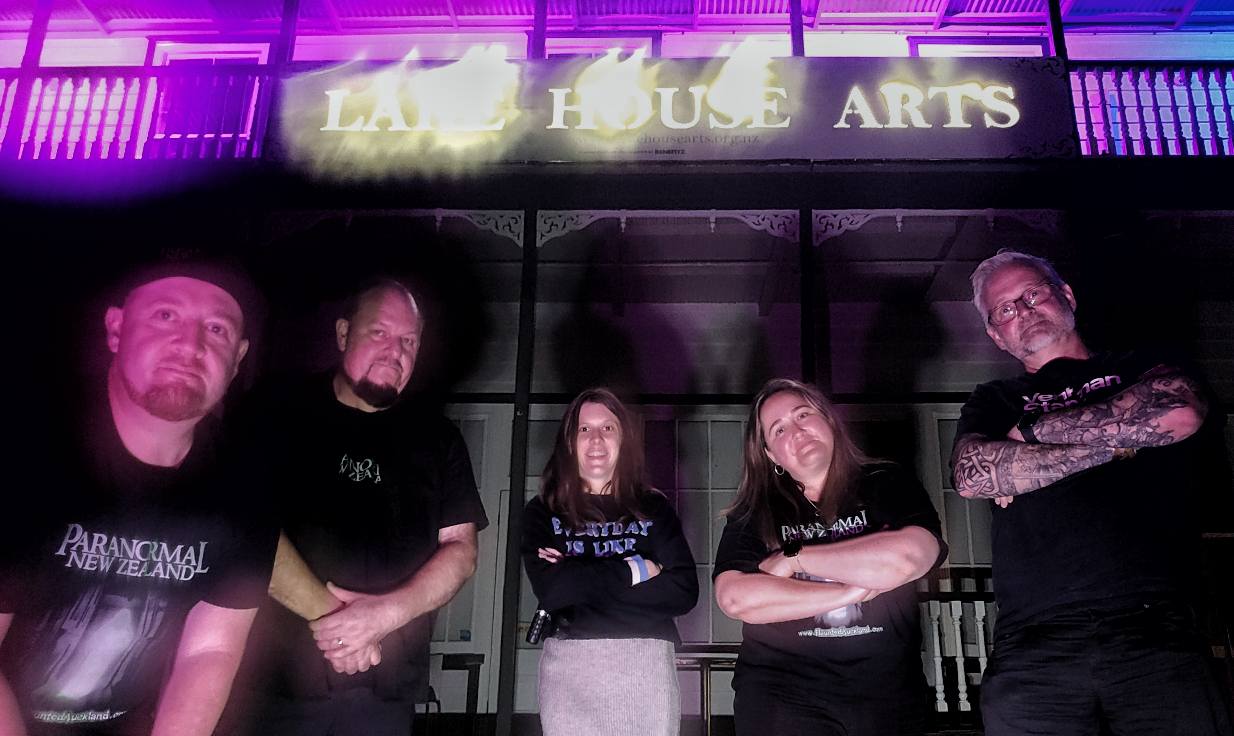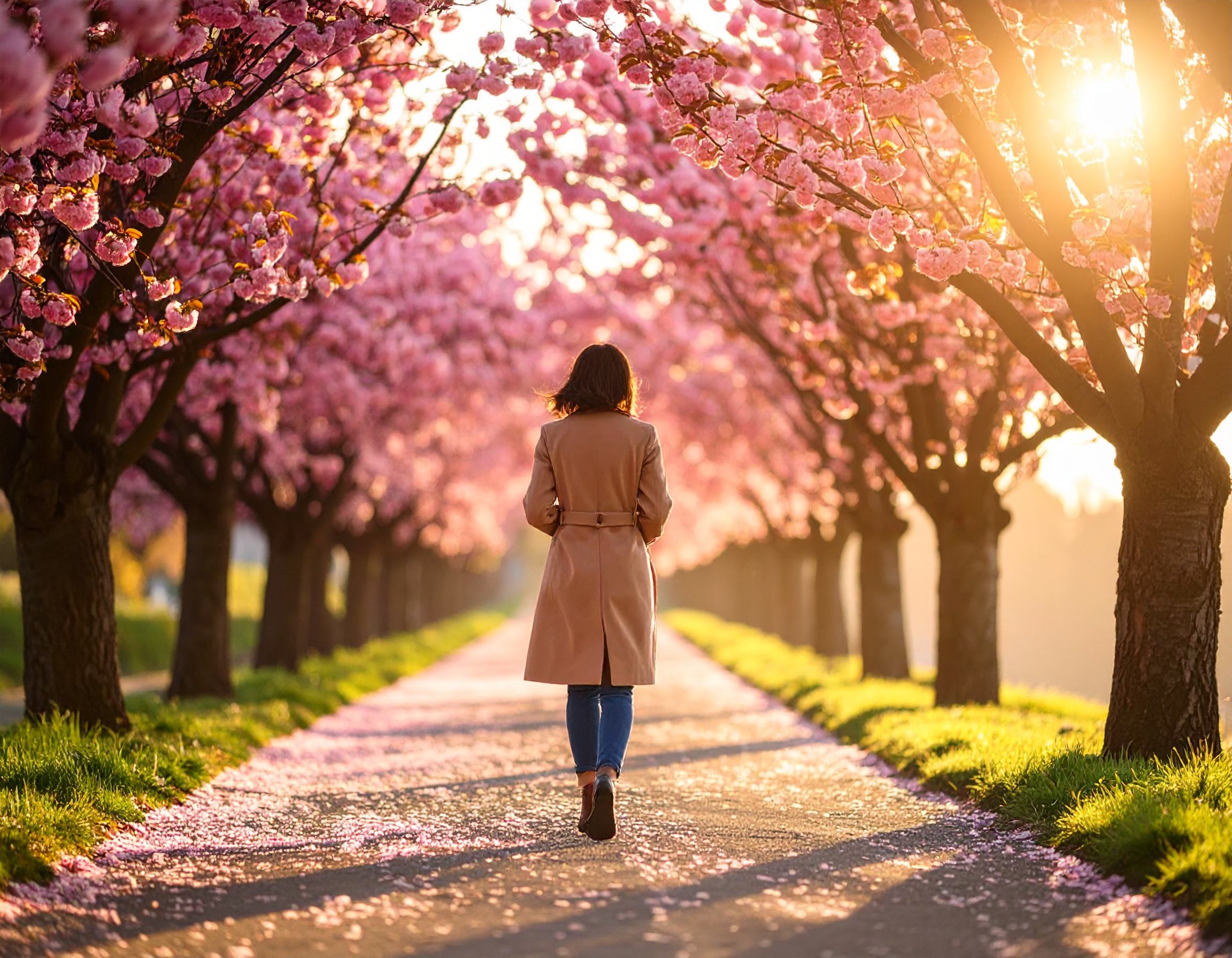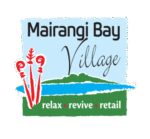Long Bay residents win funding to create a wildlife haven
By Lizzie Brandon
Long Bay Regional Park is home to oystercatchers, white-fronted terns, gulls, and dotterels, but the surrounding suburb is also a free-for-all for pests like rats, mice, and possums.
Friends of Long Bay and Long Bay Residents Association (LBRA) have been partnering with Restore Hibiscus and Bays to try and keep these predators under control, using humane traps in their own backyards. And now, their sterling efforts have been supported by a grant from Predator Free New Zealand.
“Twice a year, the Predator Free New Zealand Trust selects standout predator-free communities across the country and provides funding for humane trapping materials, ongoing support, information and advice,” explains Allison Hess.
“We’re flooded with applications every year. It’s proof that Kiwis are keen to remove predators from their neighbourhoods to give native birds, bugs, and lizards a chance.
“It’s not a solo mission; it takes a whole community to come together. Restore Hibiscus and Bays has great experience rallying local support, so their partnership with Long Bay Residents Association is a perfect fit,” she continues.
“We also try to connect the dots in the predator-free puzzle. Long Bay Regional Park is home to wildlife protected by predator control, but strong backyard trapping will create a buffer zone. Plus, the more backyards birds can safely visit, the better. It’s inspiring to see residents stepping up to protect vulnerable species that really need our help.”
LBRA chair and secretary Gareth Roberts says their pest-free initiative was borne out of a collaboration between local community-focused groups and residents called “Imagining Te Oneroa ō Kahu (Long Bay)”.
“The initial workshop in April 2024 included a focus whereby the Long Bay residential area becomes a ‘halo’ for the protection of the jewels that are Long Bay Regional Park and the marine reserve. The halo naturally extends to both flora and fauna, and pest control is considered Number One in terms of actions to ensure native species are protected.
“The removal of rodents and mustelids, such as stoats, not only helps native species flourish but also addresses issues like the damage caused by rats to buildings and contents, as well as the associated health risks related to these pests.
“Additionally, a group targeting the control of pest plants has formed and is working in specific problem areas around Long Bay. Keen residents were also involved in Regreening Long Bay workshops in July and August delivered in English and Chinese – where native planting, weed and pest control on residential properties were at the heart of presentations.
“The recent completion of Penlink offset planting, with 140,000 new trees in the Long Bay Regional Park, is an incredibly exciting pivot point for the future – and ongoing planting would be ideal for future generations. The Imagining Te Oneroa ō Kahu Long Bay collaboration continues.”
Kelly Meikle of Restore Hibiscus and Bays enthusiastically agrees. “Predator control has advanced to a point where it may be possible to lower the density of predators in the area, allowing native birds, like kakariki, saddleback, and dotterels, to expand out of the predator-free islands and Shakespear Park and find homes in places like Long Bay.
“We’re starting to see it along the Whangaparaoa Peninsula. These include automatic, self-resetting traps, which we have seen to be very effective in the upper Long Bay catchment, removing an impressive 45 possums and 149 rats this year so far.
“As Gareth says, creating this halo around Long Bay is crucial as it decreases incursion rates back into the park.
Kelly explains that this is especially relevant for mustelids as they are ferocious and increasing in the Long Bay area. “Eighteen have been trapped in the park this year, and they’ve been seen out of the park as well. Now’s the time for the whole community to work together to target them for predator control.”
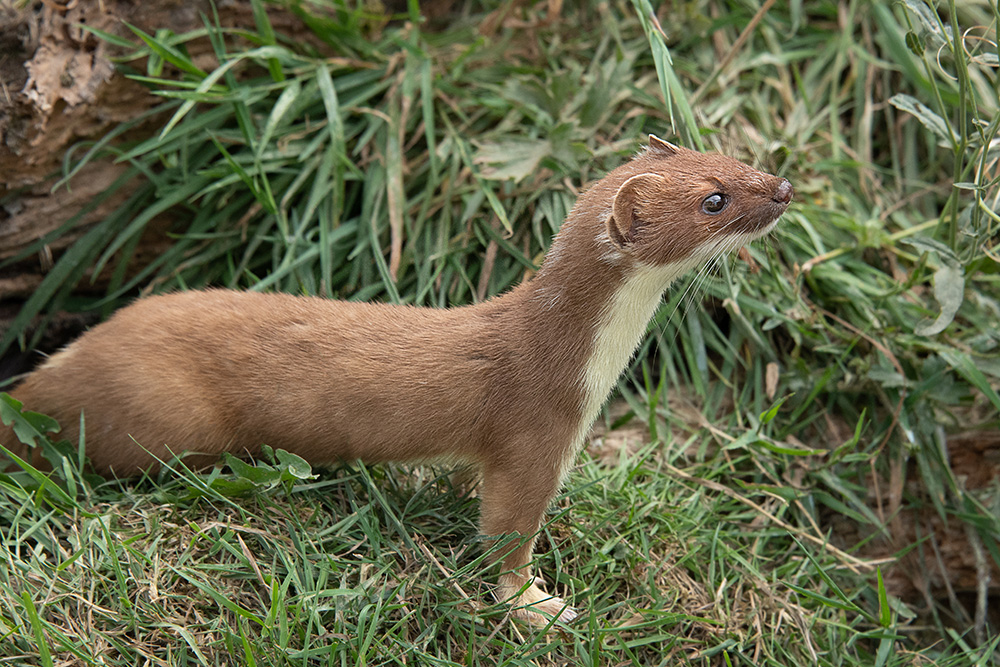
“As far as predators go, stoats are very good at what they do. They hunt all hours, live almost anywhere they can find a feed, and have a supercharged sense of smell. They can climb, cover long distances and even swim more than 1km. Born to live in climates with harsh winters, they’ve adapted to kill more than they need, stashing the rest for a rainy day. Here in Aotearoa New Zealand, where winters are kinder and food isn’t as scarce, they’re on the hunt year-round, regularly killing more than they need to survive.” (Predator Free NZ newsletter)
She also acknowledges the excellent work carried out by Friends of Long Bay and other community groups. “With the support of Restore Hibiscus and Bays, they’ve been doing predator control in the area for years. We’re now starting to see native geckos more regularly in the areas, which is brilliant!
“Pest-free initiatives are not just about the removal of pest plants and animals for the sake of it. The outcome we want is an increase in biodiversity for Long Bay – native forest ecosystems, insects, birds, reptiles, fungi, and so on.
“Unfortunately, it’s largely accepted that the world is in a period of significant biodiversity loss. Initiatives like those being run by the amazing people of LBRA are what will help to reverse this trend.”

